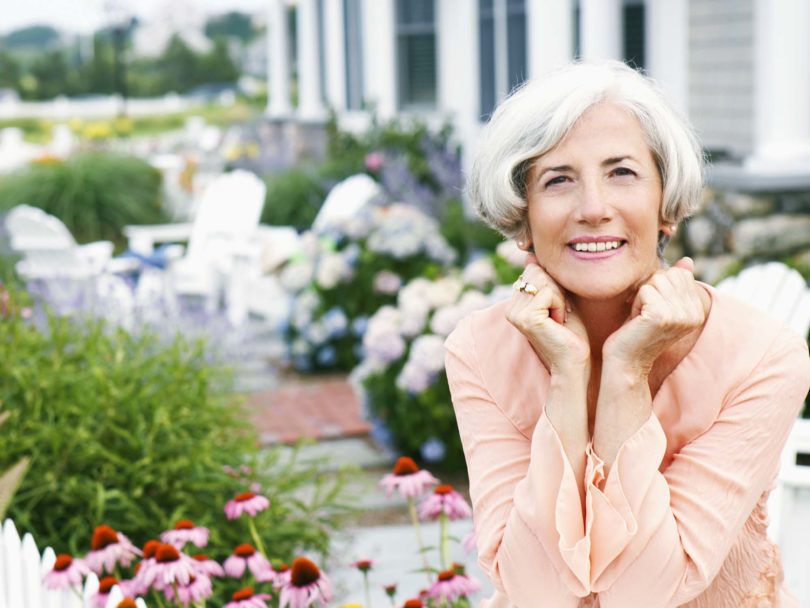Care centers have embraced a less sterile, more home-like feel
Tina Tarbox moved her parents into Assisted Living after several months of troubling mental lapses at their Georgia home, capped by the night her father got lost for eight hours as he tried to get home from a favorite restaurant. At one point, he drove on the wrong side of a major freeway.
Tarbox’s dad, Mac, had resisted the move, insisting that at age 81 he could still care for 79-year-old Sylvia despite her struggles with Alzheimer’s disease. Like many, he had an outdated image of Assisted Living centers as institutional, frightening, depressing places.
Instead, Sylvia was immediately happier after the couple relocated to a community in Alabama, near where Tarbox lives. She made new friends, joined activities, got manicures from nursing assistants and discovered a hallway batting game with pool noodles and balloons that she played with her 10-year-old granddaughter. Her more introverted husband settled into a routine of reading and listening to music. While they missed home, they benefitted from healthy meals and fewer exhausting chores.
“This change can give people a better quality of life, not worse,” Tarbox says. “My mother’s life, especially, has been enriched by being there.”
Assisted Living facilities are structured to help with activities of daily life – often bathing, dressing, meal preparation or transportation – while still promoting maximum independence and privacy. Centers have medical staff onsite at all hours and can monitor medications. Some offer many levels of care or focus on a specific health condition.
Unlike nursing home care, Assisted Living is typically private pay and not covered by federal or state insurance programs. The national median monthly rate for a one-bedroom unit is $3,500, according to a 2014 survey by Genworth Financial, a major insurance company. Most residents draw on assets such as savings, home equity, long-term care insurance or life insurance policies that allow tax-free advances on death benefits. Veterans and their spouses also may benefit from the Aid & Attendance Program offered through the Department of Veterans Affairs.
According to the National Center for Assisted Living (NCAL), about 80 percent of residents are 75 or older, and 74 percent are women. But administrators are seeing more people move in their mid-50s or 60s as they seek to gain control over their aging experience and discover that centers look and feel much more like homes, apartments or hotels than hospitals.
“So many different types of communities have evolved in the last 15 or 20 years,” says Tara Davis-Ragland, executive director of The Towers Assisted Living Community in Richmond, Va. “Many of our residents are still incredibly active, but they want to be in a safe environment and think about their future needs.” Programming includes cooking demonstrations, yoga classes, walking clubs and volunteer opportunities with children. “They still have a lot to offer, and they often feel less isolated than they did at home,” says Davis-Ragland, also the Virginia leader for the NCAL.
Ideally, families should discuss seniors’ wishes and gather information from multiple sources – financial planners, insurance agents, attorneys or online resource sites – before significant signs of cognitive or physical decline, loneliness or deteriorating relationships with caregivers appear, experts say.
Carole Janninck, 81, was motivated by a desire to keep living with her husband, John, who had begun to struggle with some dementia and managing his medications. The couple moved into an Assisted Living community in Lombard, Ill., two years ago.
Although John wasn’t happy at first, he was content by the time he passed away from complications of pneumonia six months later. “He would wake up and ask me, ‘Well, what are we doing today?’” Carole recalls. And Carole has thrived. After 58 years of marriage, she embraced the end of daily cooking and many household chores and now enjoys exercise classes, baking, social hours and movies.
“I like people, and I’ve made some great friends here,” she says. “You can be more private if you want, but it’s also so easy to meet people, and the staff is very sweet. It’s a really comfortable place to live. I have a lot of fun.”


